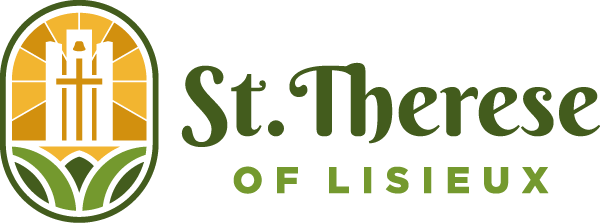Why does it seem like so many people have back pain? Low back pain is one of the most common types of pain reported by patients and causes more disability than any other condition. It is the most common cause of job-related disability and a leading contributor to missed days and visits to physicians.
In 2018, 28% of men and 31.6% of women aged 18 years or greater reported they had lower back pain within the last 3 months. The percentage of women with back pain increased as age increased. Among men, the percentage increased with age through 74 years, then decreased. About 80% of adults have low-back pain at some point in their lives.
Conditions commonly linked to back pain include:
Muscle or ligament strain. Occurs with repeated heavy lifting or a sudden awkward movement. If you are overweight, or in poor physical condition, constant strain on your back can cause painful muscle spasms.
Bulging or ruptured disks. Occurs when the disks in your back, which acts as cushions between the bones (vertebrae) in your spine, bulge or rupture and press on a nerve.
Arthritis. Osteoarthritis can affect the lower back and sometimes leads to a narrowing of the space around the spinal cord, called spinal stenosis.
Skeletal irregularities. This is a condition where the spine curves to the side, called scoliosis, and can lead to back pain in middle age.
Osteoporosis. Vertebrae in the spine can develop compression fractures if you have osteoporosis and bones become porous and brittle.
Anyone can develop back pain, even children and teens. Risk factors include age (more common as you age), lack of exercise (unused muscles in back or abdomen), excess weight (extra weight puts extra stress on your back), certain diseases (arthritis, cancer), improper lifting (using your back instead of your legs), certain psychological conditions (depression and anxiety) and smoking (reduces blood flow to the lower spine).
Back pain may feel like a dull, constant ache or a sudden, sharp pain. Pain can result from an accident, fall, lifting something heavy, changes that happen in the spine as you age, or a medical condition. Although most patients do not go to the doctor for acute low back pain, sometimes treatment is needed, if severe. Treatment depends on the cause and symptoms of pain. Treatment may include over-the counter and/or prescription medications, superficial heat, massage, acupuncture, or spinal manipulation.
Preventing back pain is key and can helped by using proper body mechanics, using good posture, not standing in one position for a long time, exercising, increasing your muscle strength and flexibility, maintaining a healthy weight, and not smoking. One way to help with prevention is by joining our Stretch and Strength classes at St. Therese of Lisieux on Mondays, Wednesdays and Fridays from 9:30am-10:30am in the Social Hall.
St. Therese will also be hosting an Back Pain educational lecture on July 11, 2024 from 12:30pm-1:30pm. presented by Sara Geisman, from Plymouth Physical Therapy. Since a light lunch will be served, please RSVP to the Parish Secretary at 586-254-4433 or Marilyn Cito, Parish Nurse at 586-254-4433 Ext 320 or via email at Marilync@stol.church.
Adapted from:
- Complementary Health Approaches: What You Need to Know. National Institute of Arthritis and Musculoskeletal and Skin Disease/Health Topic/Back
- Centers for Disease Control and Prevention, (CDC), Acute Pain, Acute Back Pain.
Mayoclinic.org, Mayo Clinic, Back Pain

